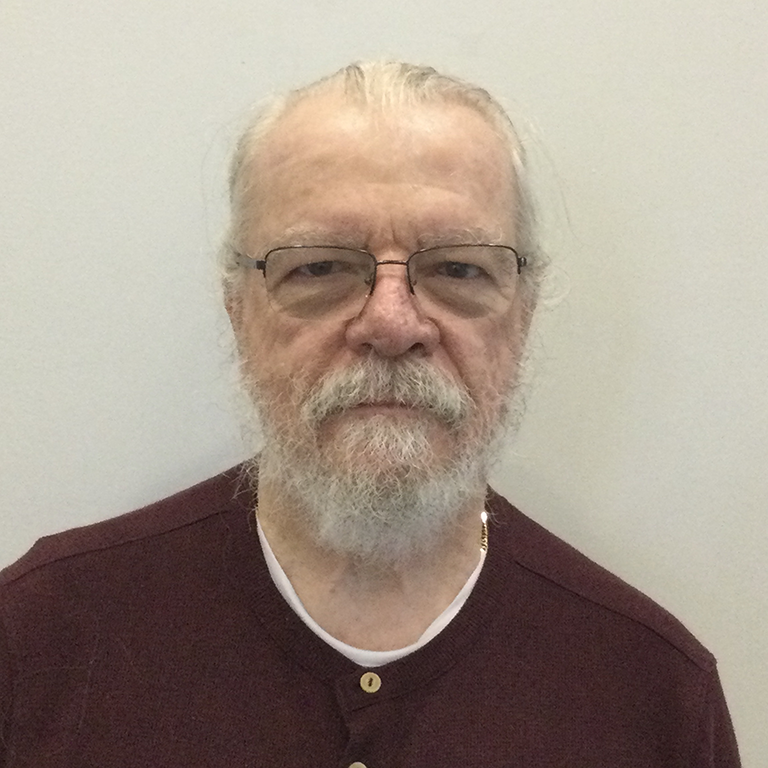June 6, 2024
Dr. Fortenberry’s research in the LGBTQ+ community
During LGBTQ+ Pride Month, Dr. Fortenberry answers questions about his research

With LGBTQ+ Pride Month underway, we are highlighting J. Dennis Fortenberry, MD, MS, who has conducted extensive research in this community. Fortenberry, the Donald Orr, MD, Professor of Adolescent Medicine at IU School of Medicine and affiliate member of the cancer center, answers questions about his research.
How did you become interested in research efforts to address cancer disparities?
Much of my early research was focused on sexually transmitted infections in adolescents and young adults. Somewhat in parallel, the epidemiology of human papillomavirus (HPV) was being described as well as the role of these viruses in cervical cancers. Many of these cancers identified in adults were presumed to reflect infections during adolescence. Disparities based on sex/gender, race/ethnicity, age, and geography are hallmarks of sexually transmitted infections, including those associated with HPV.
How does the HPV vaccine help address cancer disparities?
HPV vaccines are so effective that they offer the possibility of nearly complete prevention of all HPV-related cancers. With ongoing targeted vaccination programs to ensure on-time and completed vaccination of young people, HPV-related cancers will be reduced even among groups with marked cancer disparities. There are very few health care innovations that have this degree of promise for addressing health disparities. These are outcomes already being realized in several countries.
What can you share about your research?
I have been so fortunate to have many productive interdisciplinary collaborations as well as supportive institutions that recognized the importance of our work. We have been able to create research-focused infrastructures for recruitment, data collection and data dissemination that allowed a broad focus on a number of issues: sexually transmitted infections in adolescents; human immunodeficiency virus (HIV) prevention and treatment for adolescents; patterns of sexual development among adolescents and young adults; characterization of the vaginal and urethral microbiome in young people. Our group was one of the first to demonstrate patterns of detection, non-detection, and redetection of cervical HPV infection with the same HPV type. Some young people participated in weekly and monthly sample collections for five years or more.
We were able to do all these projects through building close relationships with community institutions and with communities themselves. One of the things I am most proud of is the reports from participants in our projects about the importance of that participation long after the research was completed.
How do you incorporate health equity and racial/ethnic disparities into your approach?
Our work with very sensitive topics associated with a significant amount of stigma and fear taught us over and over how important that trust was. We introduced standards of respect and inclusion at all levels of the research, beginning with our research team and extending to our research participants and their families. We worked to show that we were trustworthy and then worked to make sure that we continuously deserved trust. As we expanded to work with sexual and gender minoritized groups, we were careful to engage community members in the process of research questions, and in thinking about the meaning of our results for the communities themselves.
What is an important lesson for trainees and junior faculty to be aware of that you learned during your career journey?
Many people and communities are interested in research when approached with respect. It’s important to keep in mind that your research is never as important to others as it is to you but if you keep an open mind, you will learn a lot in addition to answering your research questions.
The cancer center’s mission is to create an expanding community of researchers and health professionals who conduct outstanding translational research, provide excellence in education, and deliver high quality patient-centered care. The center aims to foster and promote an environment of cultural awareness, diversity, and inclusion as we contribute to the prevention and cure of cancer in Indiana. Along those lines, we are committed to amplifying the work of our members and sharing the collective diversity of identities, experiences, practices, and impact within the center.




